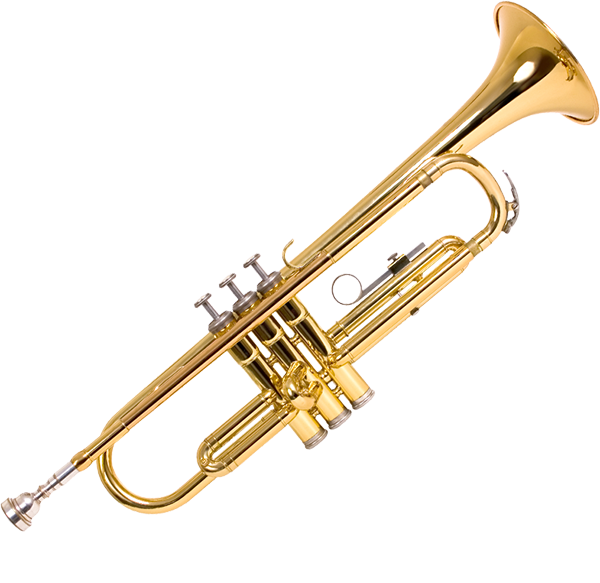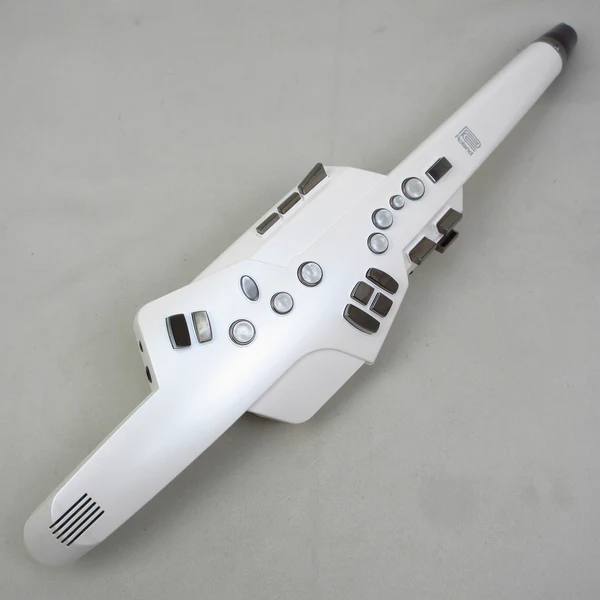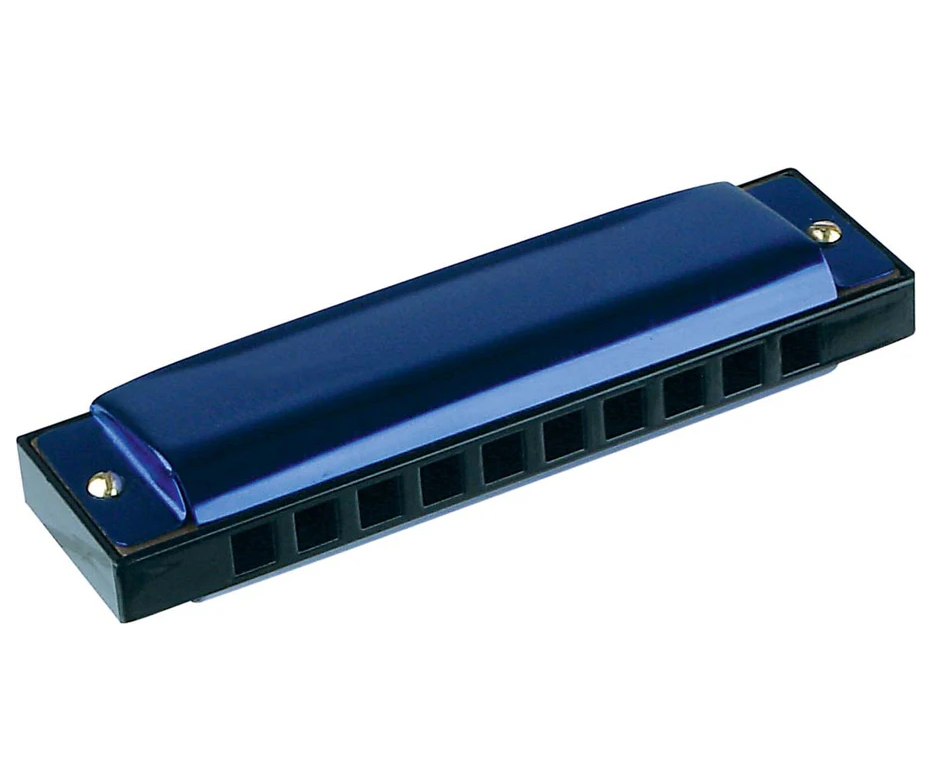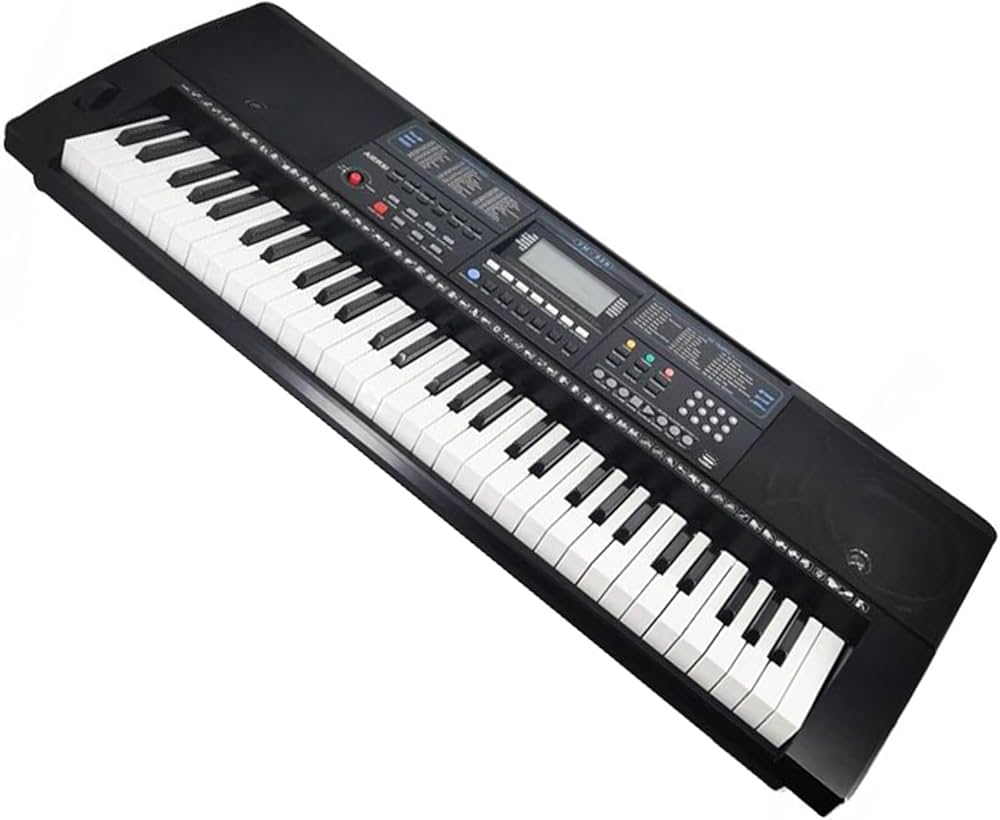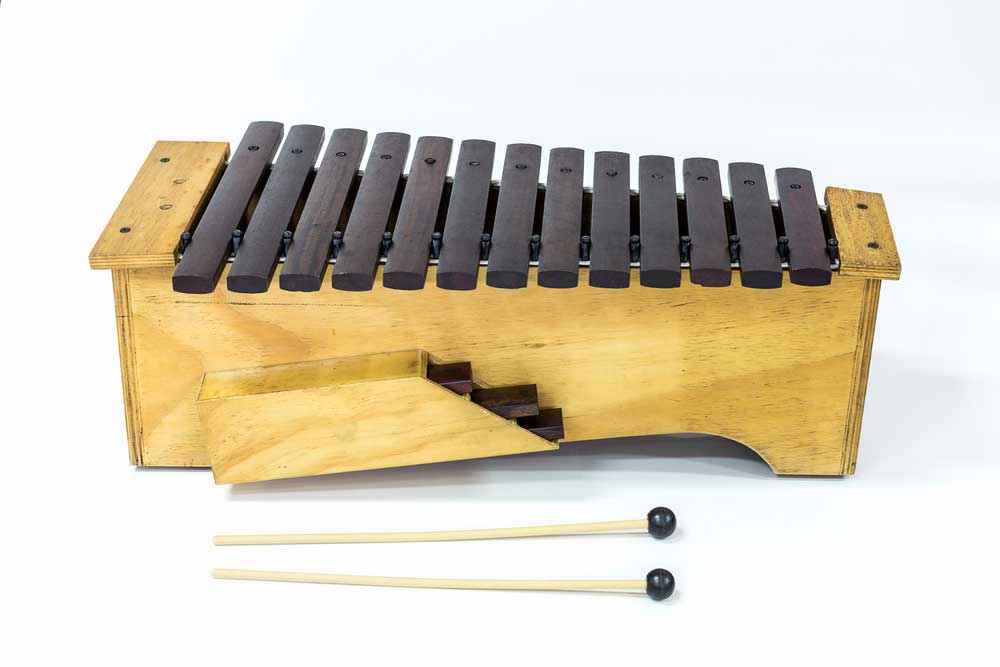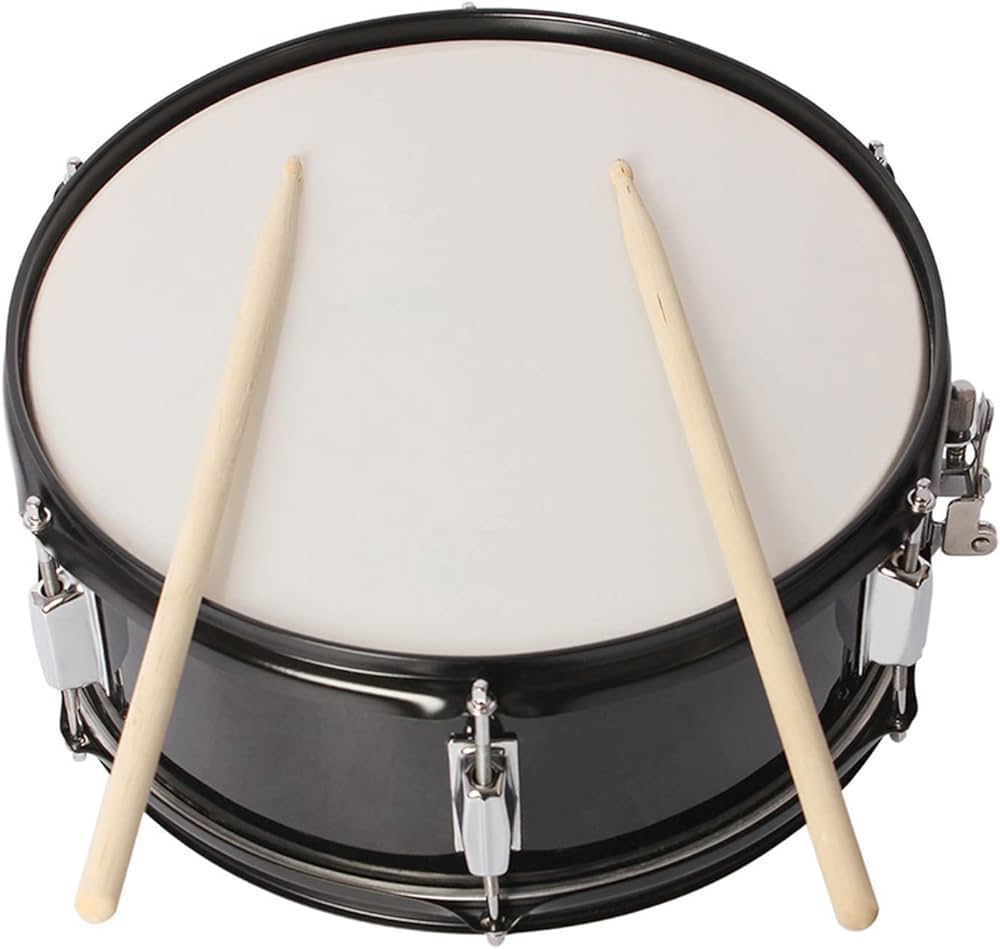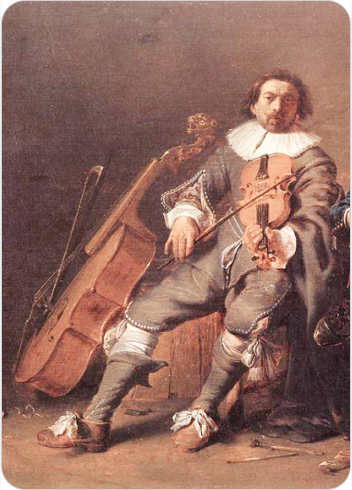Triangle
Percussions
Europe
Between 0 and 1000 AD
Video
The triangle is a simple yet effective percussion instrument that belongs to the idiophone family. It consists of a metal bar, usually made of steel or another alloy, bent into an equilateral or isosceles triangular shape with an open end. The instrument is suspended by a thin string or wire, allowing it to resonate freely when struck. A metal beater, often cylindrical or rod-like in shape, is used to strike the triangle, producing a bright, shimmering sound. The size, thickness, and material of both the triangle and beater influence the tone, sustain, and volume of the instrument.
As an unpitched percussion instrument, the triangle does not produce definite musical notes but instead contributes to a piece’s overall texture and rhythm. It is used in a wide range of musical genres, from orchestral and classical music to folk and contemporary styles. While its appearance and structure are simplistic, mastering the triangle requires precision, as different striking techniques can elicit variations in volume, resonance, and articulation.
History and Origin
Continent and Century
The origins of the triangle can be traced back to ancient civilizations, though its exact inception remains unclear. Historical records suggest that similar instruments were used in the Middle East and parts of Europe as early as the 10th century. The earliest visual representations of the triangle appear in European iconography from the 14th and 15th centuries, where it was depicted in religious art and used in sacred music.
It is believed that the instrument gained prominence in medieval and Renaissance Europe, where it evolved into its modern form. By the 17th and 18th centuries, the triangle had become a staple in European orchestras, particularly in compositions that sought to incorporate exotic or festive elements. The instrument saw increased use in the Classical and Romantic periods, with notable composers like Ludwig van Beethoven and Franz Liszt incorporating it into their orchestral works.
Evolution Over Time
The triangle’s design has undergone subtle refinements over time. Early versions of the instrument were often adorned with rings or jingles that created additional percussive effects. However, these embellishments eventually faded, giving way to the modern, unadorned triangle, which allows for a clearer, more resonant tone. Additionally, advances in metallurgy have enabled the production of triangles with varying tonal qualities suited to different musical applications.
Types and Features
Although the fundamental design of the triangle remains consistent, variations exist based on size, material, and intended use. The primary types of triangles include:
Orchestral Triangle
The orchestral triangle is the most commonly used type and is crafted from high-quality metal alloys to ensure a bright and resonant sound. It is available in various sizes, typically ranging from 4 inches to 10 inches. Larger triangles produce a fuller, more sonorous tone, while smaller ones create a sharper and more delicate sound. These triangles are designed for professional use in symphonies, chamber ensembles, and contemporary music.
Folk and Traditional Triangles
Many cultures have adapted the triangle to their traditional music. In Brazil, for example, the instrument plays a vital role in Forró music, where it maintains rhythm alongside other percussive elements. In Cajun music from Louisiana, the triangle is a staple in dance bands, contributing to the rhythmic drive. Folk triangles are often lighter and may be tuned differently to complement the style of regional music.
Electronic and Experimental Triangles
With the advent of modern music technology, electronic and sampled triangles have emerged in digital music production. Some contemporary musicians experiment with amplified or modified triangles, incorporating effects such as reverb and delay to create unique soundscapes.
Work Mechanics
The triangle produces sound through a combination of striking force, resonance, and vibration. When the beater makes contact with the metal bar, kinetic energy is transferred, causing the instrument to vibrate and emit a shimmering, high-pitched tone. The specific tonal quality depends on factors such as metal composition, thickness, and playing technique.
The way the triangle is suspended significantly impacts its resonance. A loose suspension allows for a more sustained, free-ringing sound, while a tighter suspension may dampen the vibrations, resulting in a shorter decay. Additionally, different striking points on the triangle yield variations in timbre; striking near the apex produces a softer sound, while hitting the sides generates a sharper attack.
Damping is another crucial aspect of playing the triangle. By gently touching the instrument with the fingers or altering the grip on the suspension cord, a musician can control the sustain and articulation, making the triangle suitable for both delicate passages and bold, rhythmic accents.
Role in Music
The triangle holds a unique place in music, serving both rhythmic and textural roles. Its shimmering tone cuts through dense orchestral textures, making it an effective accent instrument. Despite its small size, it can project over an entire ensemble, ensuring its presence is heard even in large settings.
In orchestral music, the triangle is often used to highlight dramatic moments or add brilliance to a passage. Composers such as Richard Wagner and Peter Tchaikovsky have used the instrument to great effect in their symphonies and ballets. For instance, Tchaikovsky’s “Nutcracker Suite” prominently features the triangle in the “Trepak” dance, adding an element of excitement and sparkle.
Beyond classical music, the triangle appears in jazz, Latin, and folk traditions. In jazz, it occasionally serves as a subtle percussive element, while in Latin and Afro-Cuban music, it enhances rhythmic complexity. The triangle is also widely used in educational settings, providing an accessible entry point for young musicians to explore rhythm and percussion techniques.
Significance of the Triangle Musical Instrument
The triangle may appear modest in design, yet its significance in the musical world is profound. It serves as a bridge between rhythm and melody, offering a distinct tonal color that enhances various musical genres. Despite being unpitched, its clear and penetrating sound can add character to an arrangement, making it an indispensable tool for composers and performers alike.
The instrument also holds cultural and symbolic value. In many traditions, the triangle is associated with celebration, festivity, and dance. Its inclusion in folk music underscores its role in communal gatherings and social functions. Furthermore, its simplicity and versatility have cemented its place in music education, helping students develop a sense of timing and coordination.
In contemporary music, the triangle continues to evolve. From orchestral masterpieces to digital soundscapes, it adapts to the needs of modern composers and performers. Whether used as a delicate accent or a driving rhythmic force, the triangle remains a testament to the power of simple instruments in shaping musical expression.
FAQ
What type of instrument is the triangle?
The triangle is a percussion instrument classified as an idiophone, meaning it produces sound through vibration when struck.
What materials are commonly used to make triangles?
Triangles are commonly made from metals such as steel, brass, and bronze. Steel triangles produce a brighter sound, while brass triangles offer a warmer tone.
What role does the triangle play in music?
The triangle plays a significant role in music by adding a distinctive percussive element. It is often used to cut through other sounds and add emphasis or color to musical pieces.
 Links
Links
References
- Triangle (Musical Instrument) - Wikipedia
- An Introduction to the Triangle Instrument - Superprof
- Triangle | Percussion, Handheld & Orchestral - Britannica
- Triangle (Musical Instrument) - Simple English Wikipedia
- The Triangle Instrument - What Is Triangle Music? - Music Gateway
- Spotlight on Triangle - Get Kids Into Music
Other Instrument
Categories

